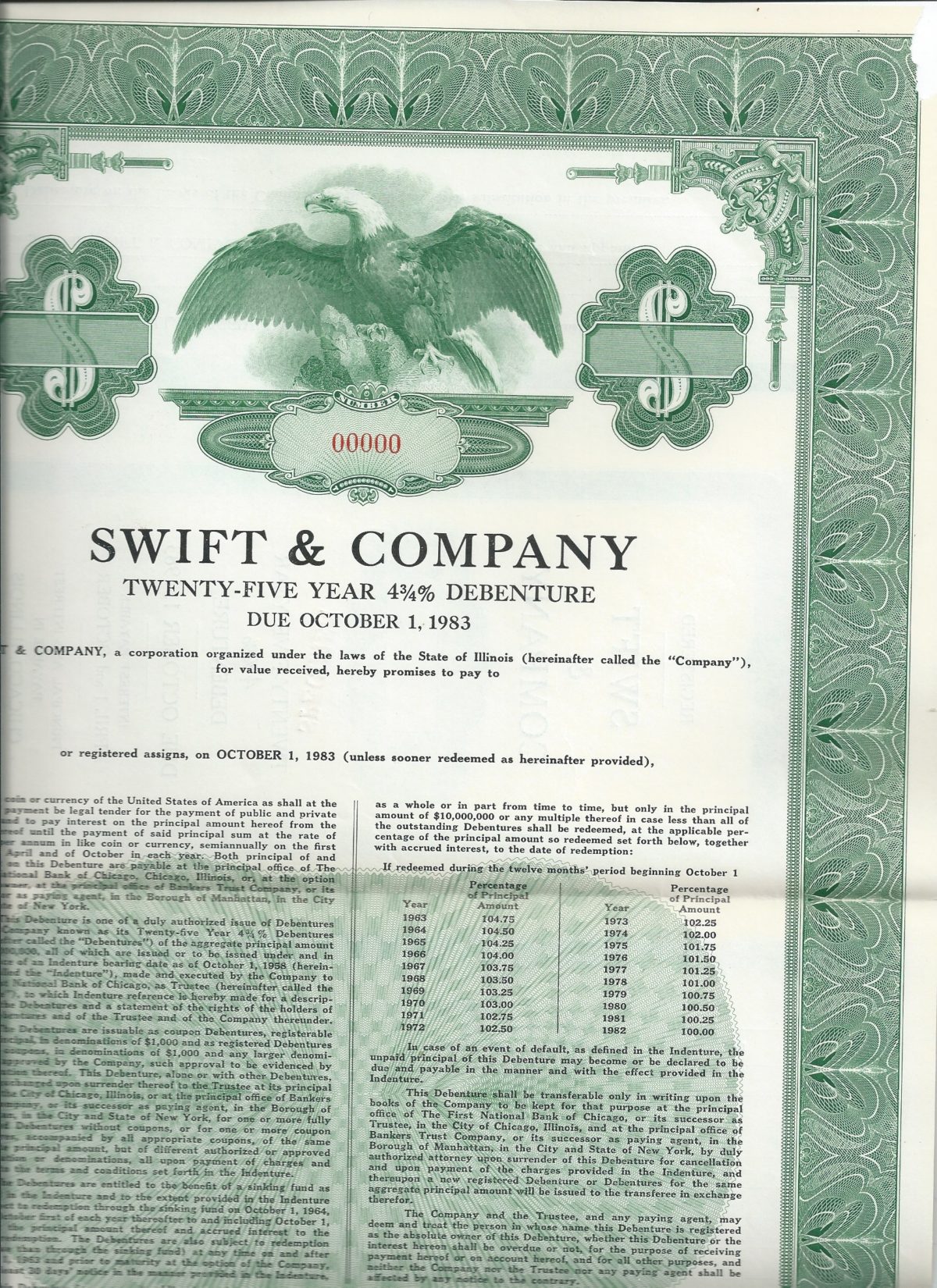by Fred Fuld III
Would you rather have a stock that pays quarterly, monthly or weekly? Do you know what the advantages are of receiving your dividends at a faster frequency?
Reinvestment Opportunities: With weekly dividends, investors have the opportunity to reinvest their earnings more frequently. By reinvesting dividends promptly, investors can take advantage of compounding returns and potentially accelerate the growth of their investment portfolio. This can be especially beneficial for long-term investors aiming to maximize their returns over time.
Dollar-Cost Averaging: weekly dividends can facilitate a strategy called dollar-cost averaging. This strategy involves investing a fixed amount of money at regular intervals, regardless of the investment’s price. With weekly dividends, investors can consistently reinvest funds, buying more shares when prices are lower and fewer shares when prices are higher. This approach can help smooth out the impact of market fluctuations and potentially lead to better average purchase prices.
Flexibility and Liquidity: weekly dividends provide investors with greater flexibility and liquidity. With more frequent dividend payments, investors have more control over their cash flow and can react to changing financial needs more effectively. It allows for easier adjustments to spending, reinvestment, or capital allocation strategies as circumstances evolve.
Reduced Dependency on Other Income Sources: For retirees or individuals relying heavily on investment income, receiving dividends weekly can help reduce reliance on other income sources such as Social Security or pensions, which are paid monthly. This diversification of income streams can enhance financial security and independence.
Psychological Benefits: Receiving dividends every month can provide a sense of accomplishment and satisfaction. It reinforces the tangible benefits of investing and can help investors stay motivated and engaged with their investment strategy.
There are actually numerous investment options available for individuals seeking regular dividend payments, ranging from stocks and ETFs to CEFs, REITs, and trusts. While many of these instruments pay dividends on a quarterly or monthly basis, there is also an alternative for those who prefer weekly payouts. One such option is the SoFi Weekly Dividend ETF (WKLY), a convenient investment vehicle designed to handle weekly dividend payments on behalf of investors.
The SoFi Weekly Dividend ETF comprises a well-diversified portfolio consisting primarily of large-cap and medium-cap dividend-paying stocks, with a focus on U.S.-based companies. Additionally, it includes select international companies to further enhance the fund’s diversification. The primary objective of this ETF is to ensure consistent weekly dividend distributions to its shareholders.
At present, the ETF offers a respectable yield of 3.16%, providing investors with an attractive income stream. It boasts total net assets of $9.44 million. Furthermore, the expense ratio for this fund is 0.49%, which is relatively reasonable when compared to similar investment vehicles.
Interestingly, the SoFi Weekly Dividend ETF is not the sole weekly dividend ETF available to investors. The same fund manager also offers the SoFi Weekly Income ETF (TGIF), which also provides weekly dividend payments. However, unlike the WKLY ETF, the TGIF ETF primarily invests in a mix of investment-grade and junk bonds.
The SoFi Weekly Income ETF, with a higher yield of 4.58%, may appeal to individuals seeking higher income potential. It currently holds total net assets amounting to $16.59 million and has an expense ratio of 0.59%. This ETF was established in 2020, offering investors a relatively new but potentially lucrative investment opportunity.
Both the WKLY and TGIF ETFs may serve as valuable additions to an income-oriented investment portfolio. However, it’s essential to be aware of the associated risks when investing in these funds. As with any investment, there is always the possibility of market volatility, potential losses, and fluctuations in dividend payments. It is crucial to thoroughly research and understand the underlying holdings, as well as carefully evaluate the fund’s performance and track record.
In conclusion, for individuals seeking regular weekly dividend payments, the SoFi Weekly Dividend ETF (WKLY) and the SoFi Weekly Income ETF (TGIF) provide convenient investment options. These ETFs offer diversified portfolios with different underlying assets, enabling investors to select an option that aligns with their income objectives and risk tolerance. However, it’s important to consider the potential risks associated with these investments and conduct thorough due diligence before making any investment decisions.
Disclosure: Author didn’t own any of the above at the time the article was written. These ETFs are extremely low cap, and should be considered extremely speculative.


